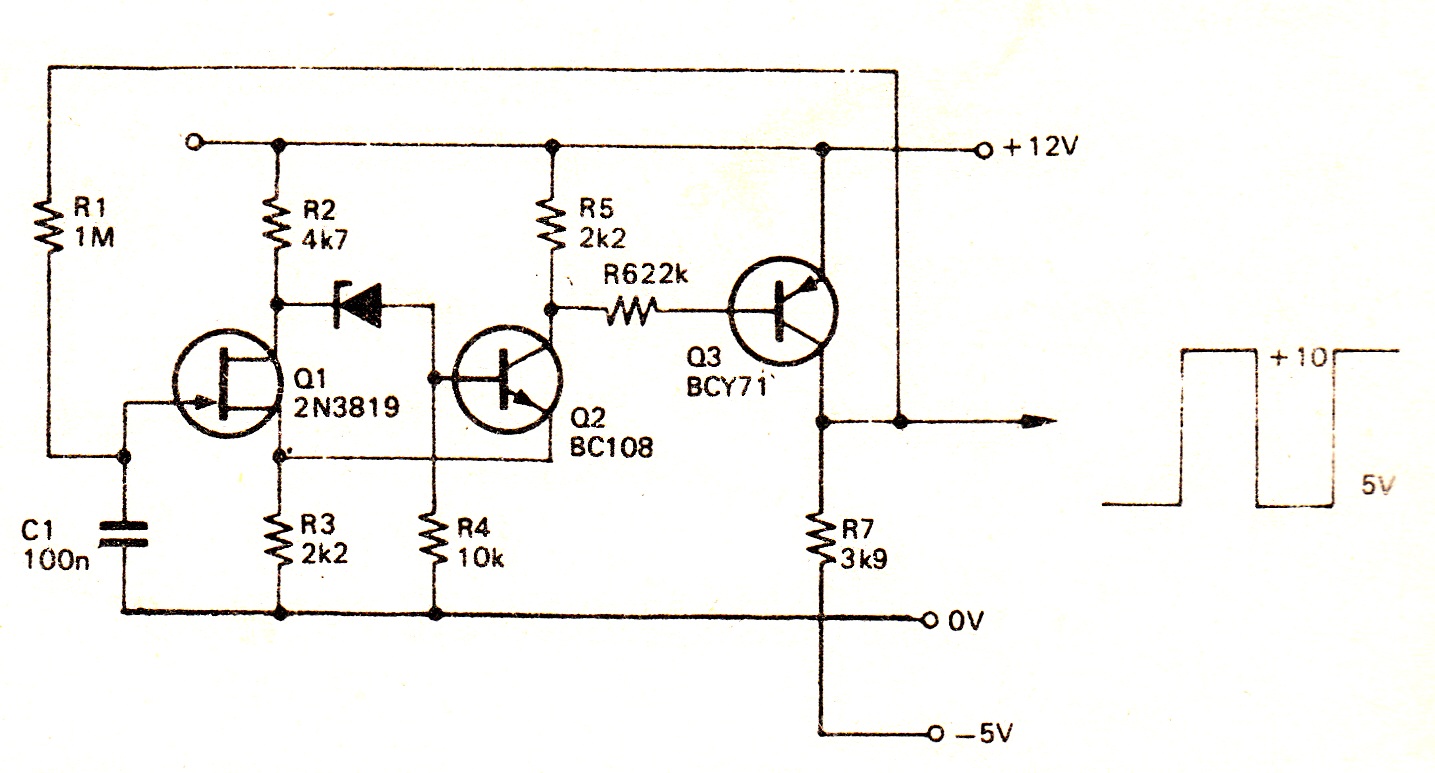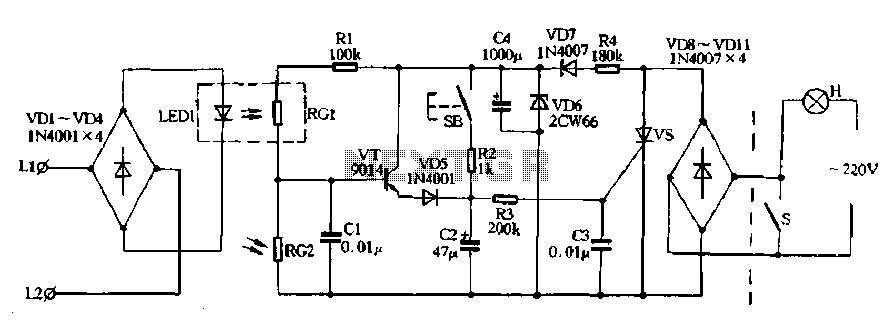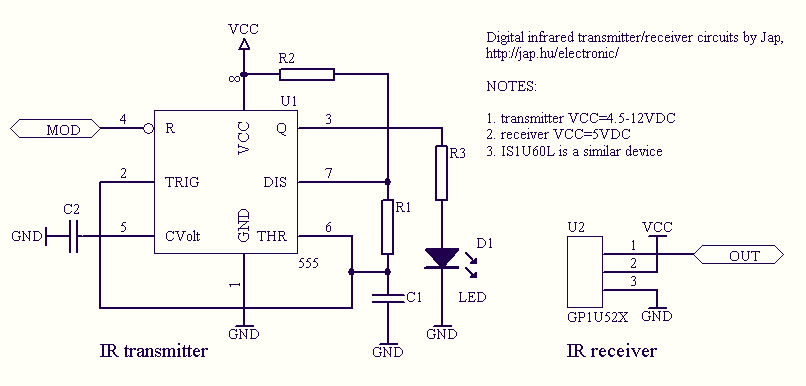
Telephone repeater circuits

The telephone repeater is a circuit designed to amplify the call signal, making it louder than the original. This circuit has been developed in response to specific requests.
The telephone repeater circuit functions by receiving the incoming audio signal from a telephone line and amplifying it to enhance the clarity and volume of the sound. The primary components of this circuit typically include a microphone for capturing the audio signal, an operational amplifier (op-amp) for amplification, and a speaker for outputting the enhanced sound.
In practical implementations, the circuit may utilize a power supply to ensure sufficient voltage levels for the op-amp, which can be configured to provide a desired gain. The circuit design may also include filters to eliminate unwanted noise and ensure that only the relevant frequency range of the audio signal is amplified.
To improve the performance of the repeater, feedback mechanisms can be incorporated to stabilize the amplification process and prevent distortion. Additionally, the circuit can be designed with user controls, such as volume knobs, to allow for adjustments based on individual preferences.
The telephone repeater is particularly useful in environments where the original sound is too faint, ensuring that the communication remains clear and effective. This circuit can be applied in various settings, including home telephony systems, public announcement systems, and any scenario where audio signals require amplification for better audibility.The telephone repeater or The call signal peripheral circuit to the loud than the original. It`s a circuit that we design follow the request. One of my friends 🔗 External reference
The telephone repeater circuit functions by receiving the incoming audio signal from a telephone line and amplifying it to enhance the clarity and volume of the sound. The primary components of this circuit typically include a microphone for capturing the audio signal, an operational amplifier (op-amp) for amplification, and a speaker for outputting the enhanced sound.
In practical implementations, the circuit may utilize a power supply to ensure sufficient voltage levels for the op-amp, which can be configured to provide a desired gain. The circuit design may also include filters to eliminate unwanted noise and ensure that only the relevant frequency range of the audio signal is amplified.
To improve the performance of the repeater, feedback mechanisms can be incorporated to stabilize the amplification process and prevent distortion. Additionally, the circuit can be designed with user controls, such as volume knobs, to allow for adjustments based on individual preferences.
The telephone repeater is particularly useful in environments where the original sound is too faint, ensuring that the communication remains clear and effective. This circuit can be applied in various settings, including home telephony systems, public announcement systems, and any scenario where audio signals require amplification for better audibility.The telephone repeater or The call signal peripheral circuit to the loud than the original. It`s a circuit that we design follow the request. One of my friends 🔗 External reference





